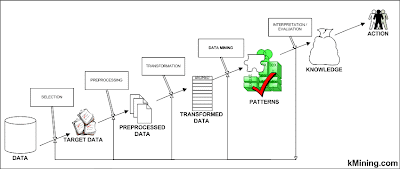


It appeared in glossy print, most recently in the June issue of Shape magazine (“Why You Must Eat Chocolate Daily,” page 128). It was discussed on television news shows. From there, it ricocheted around the internet and beyond, making news in more than 20 countries and half a dozen languages. It made the front page of Bild, Europe’s largest daily newspaper, just beneath their update about the Germanwings crash. A team of German researchers had found that people on a low-carb diet lost weight 10 percent faster if they ate a chocolate bar every day. “Slim by Chocolate!” the headlines blared. I Fooled Millions Into Thinking Chocolate Helps Weight Loss. Data mining Post-hoc vs.How easy is it to fool others with p-hacking? Trial Biomarker Analysis More Than Data Dredging.

In this sense, the ad-hoc analysis is better than post-hoc analysis.

While both post-hoc and ad-hoc analysis may be performed based on the data or results we have seen, the ad-hoc analysis typically occurred alongside the project while the post-hoc analysis occurred absolutely after the project or after the unblinding of the study or after the pre-specified analyses results have been reviewed. ceilings on military aid to specific countries” (New York Times). Improvised and often impromptu: “On an ad hoc basis, Congress has. In or of the form of an argument in which one event is asserted to be the cause of a later event simply by virtue of having happened earlier: coming to conclusions post hoc post hoc reasoning.įor the specific purpose, case, or situation at hand and for no other: a committee formed ad hoc to address the issue of salaries.adj.įormed for or concerned with one specific purpose: an ad hoc compensation committee. However, while it can be used to uncover hidden patterns in data that has been collected, obviously it can neither uncover patterns which are not already present in the data, nor can it uncover patterns in data that has not been collected. Data mining can be applied to data sets of any size. It is commonly used in a wide range of applications, such as marketing, fraud detection and scientific discovery. As more data is gathered, with the amount of data doubling every three years, data mining is becoming an increasingly important tool to transform this data into information. This activity was formerly known in the statistical community as data mining, but that term is now in widespread use with an essentially positive meaning, so the pejorative term data dredging is now used instead.ĭata mining is the process of extracting hidden patterns from data. Data dredging (data fishing, data snooping) is the inappropriate (sometimes deliberately so) search for 'statistically significant' relationships in large quantities of data.


 0 kommentar(er)
0 kommentar(er)
